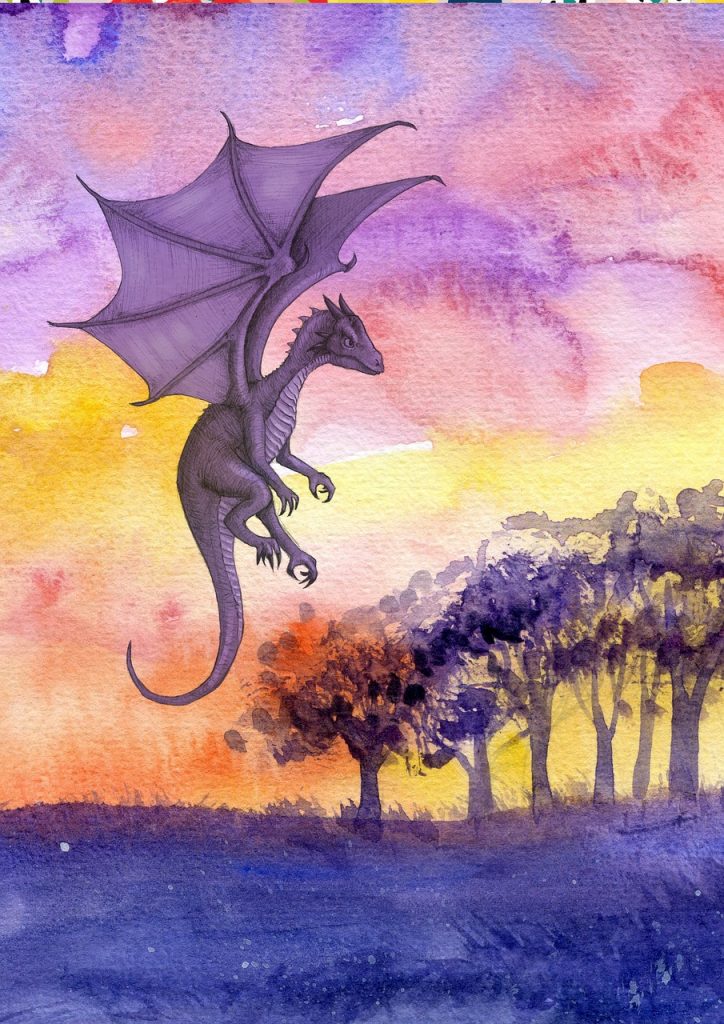
“When I entered the sector years ago, we had to walk five miles—in the snow!—to deliver a grant proposal. Back then, paperclips weren’t invented, and funders wanted the attachments to be clipped just right. We had to make paperclips out of pine needles. But, there were only eight pine trees west of the Mississippi, and they were fiercely guarded by vicious raccoons. I can still see their beady eyes, glowing red like those sticky dots people used to vote with during community meetings. Of course, back then, the sticky dots weren’t just something you bought at the store. They were gum drops we had to slice by hand. Problem with using those gum drop slices though was that they attracted the raccoons. We spent as much time battling raccoons as we spent running programs.”Continue reading →





